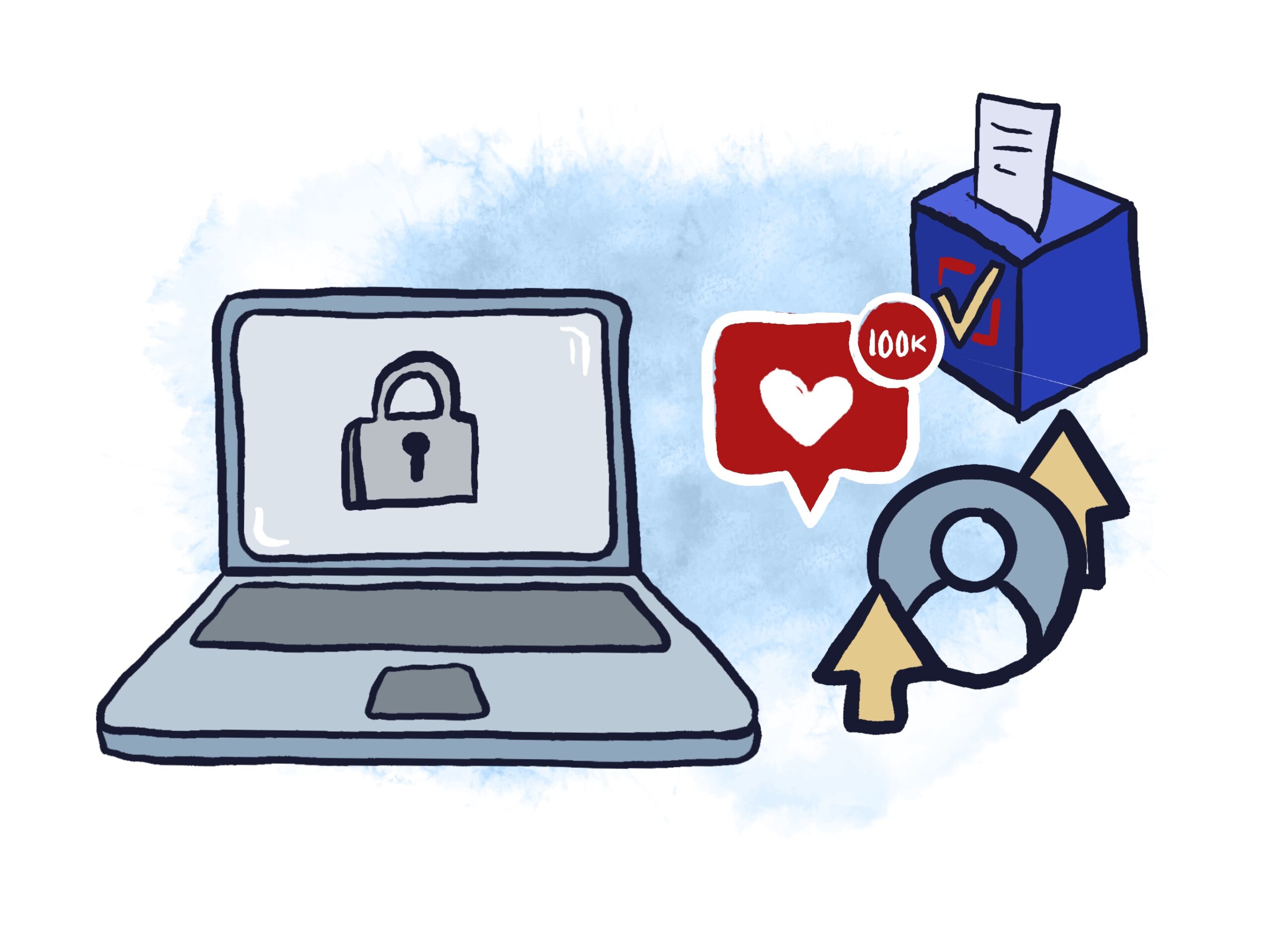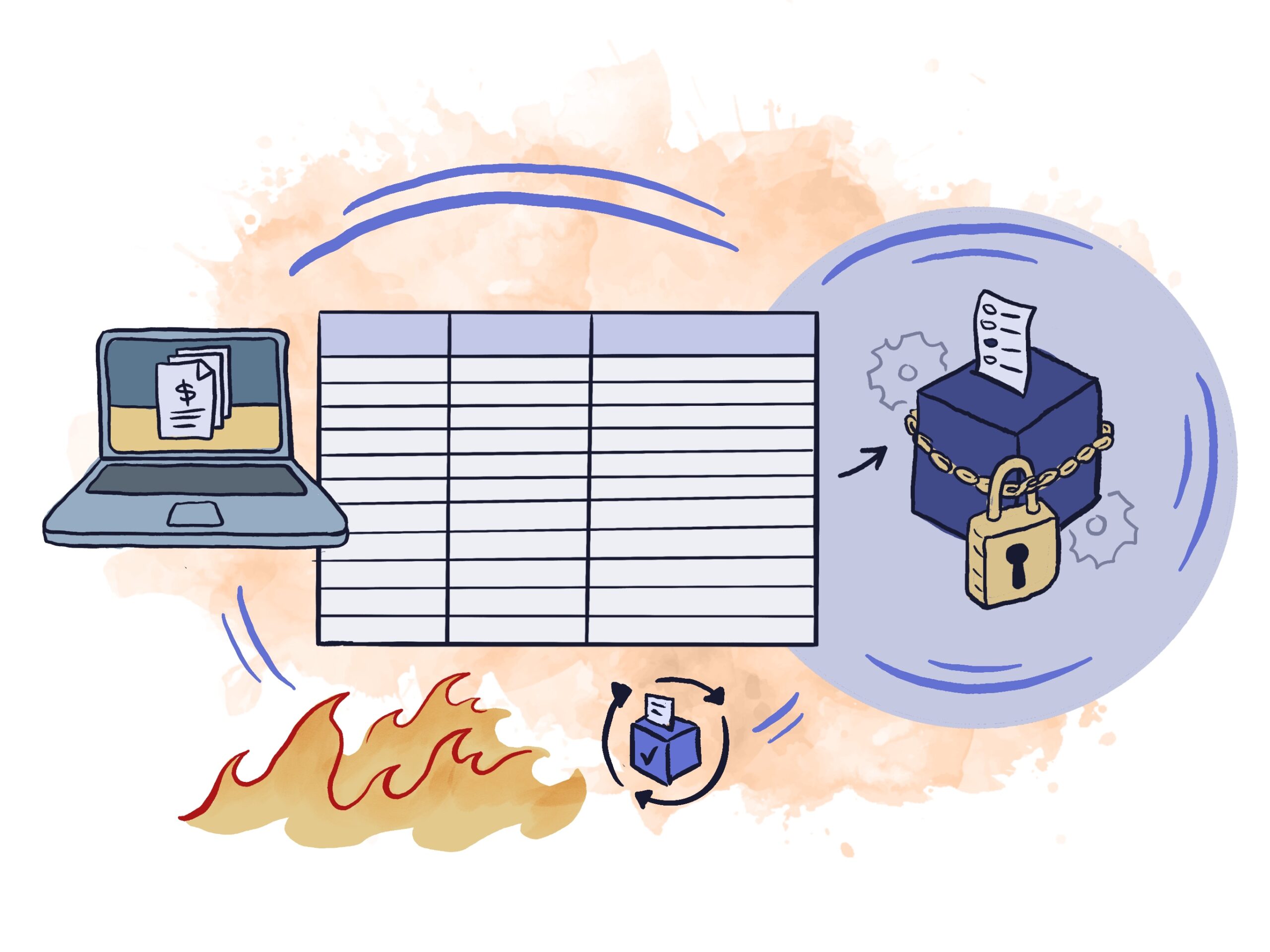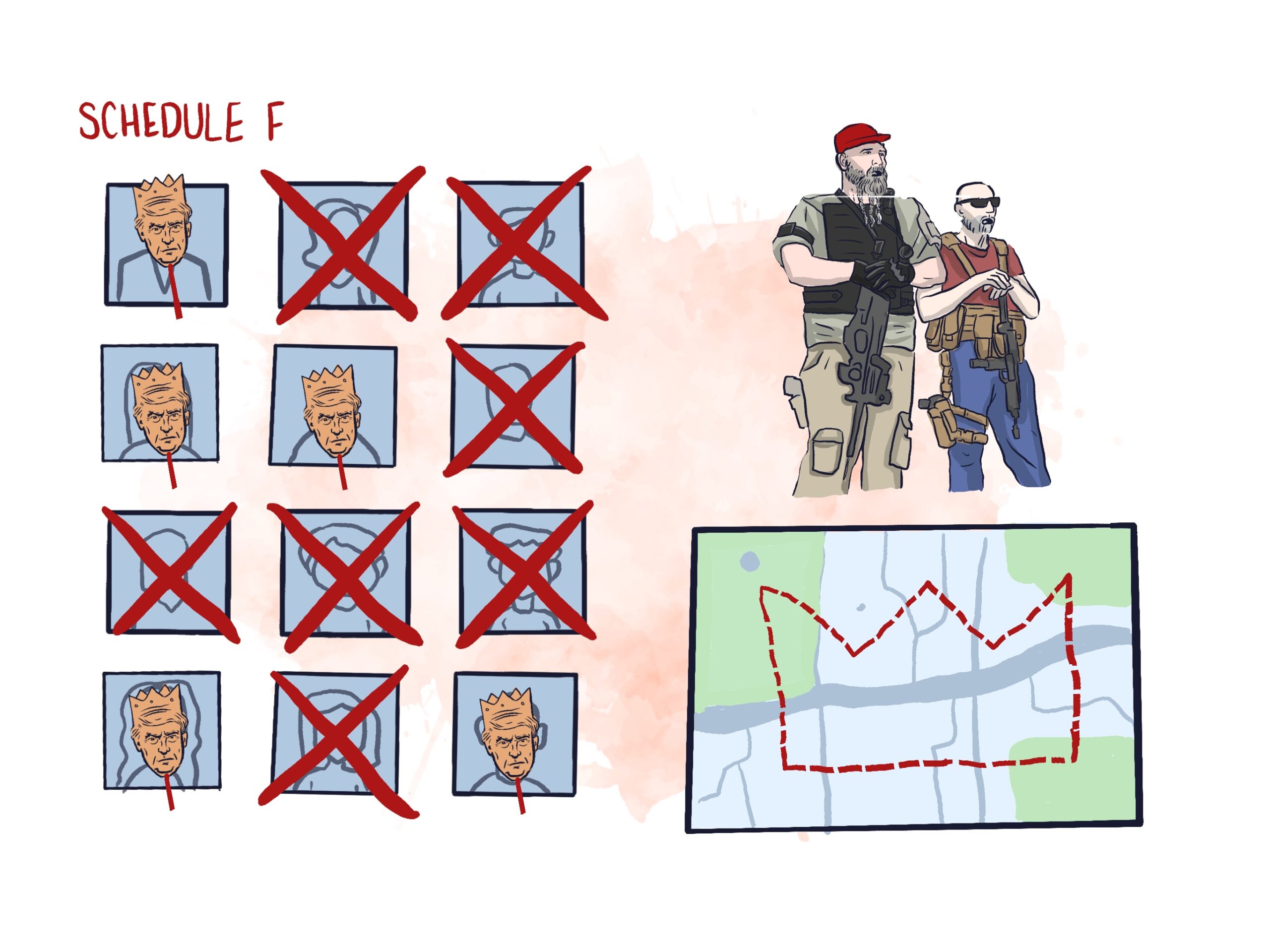You decide to open your network to more people and make it public. You secure your personal information and take several digital security classes, to avoid doxxing. You’re immediately rewarded with more volunteers right away and a robust social media profile.


You develop an extensive spreadsheet of possible resources and a website where people can quickly pre-qualify for grants based on data like their size or location. You are now the best national clearinghouse for grant opportunities. Your resources go viral in election integrity circles. You see elections getting stronger — both better defended against cyberattacks, but also better able to articulate how robust they are. When a climate-change-fueled fire burns through the city, they are able to redeliver mail-in ballots quickly. Rather than just waiting until after the election to explain how the process is secure, you demonstrate the safety, security, and responsiveness for all to see.
Over the next year, you see small political changes around you. But it feels like barely a dent amidst the national scene. Despite lower poll numbers, Trump continues filling the government with his loyalists. The courts eventually approve his Schedule F reclassification — 50,000 government workers are now being systematically replaced by Trump loyalists. Bureaucratic fights rage across many institutions. Trump installs judges across the country who gerrymander election maps in multiple states to give Republicans long-term power. But your heart tears as you see the language of fear and violence growing: immigrant communities terrified by right-wing militia patrols, increased violence against peaceful protestors, attacks on emissions standards, and exaggerated calls for political arrests.

